Politics
Yeltsin’s Constitution Remains Purely Decorative, But Putin’s Amendments Are Real
December 12, 2023
Andrei Kolesnikov
Senior Fellow, Carnegie Russia Eurasia Center

Writing on Russian Constitution Day, Andrei Kolesnikov examines the succession of constitutions from Soviet times to present, including Vladimir Putin’s 2020 amendments, and concludes that the authoritarianization of Russia’s current regime is no fault of its constitution.
Countries change their constitutions when they undergo significant social and political transformations. For example, post-war Europe witnessed a wave of new basic laws, such as the 1946 French constitution and the 1949 West German Grundgesetz. Subsequent political upheavals, such as the Algerian crisis, led to a new French constitution and the establishment of the Fifth Republic in 1958, and in the 1970s, Greece, Portugal, and Spain introduced new constitutions after getting rid of military dictatorships.
The 1936 USSR Constitution consolidated the foundation of Stalinist totalitarianism and served the same purpose as Stalinist architecture: to be an opulent, decorative facade. As Boris Pasternak wrote in his novel “Doctor Zhivago,” it was a constitution not designed to be used.
But, as in the aforementioned cases, it reflected and codified the latest political and social changes. In any case, many Soviet citizens, as Olga Velikanova writes in her book The 1936 Constitution and the Mass Political Culture of Stalinism, initially took many provisions stipulated by the basic law in earnest, for which they faced criminal prosecution. And ardent conformists naively worried that the rights granted by the constitution could be used by enemies of the regime.
The 1936 USSR Constitution consolidated the foundation of Stalinist totalitarianism and served the same purpose as Stalinist architecture: to be an opulent, decorative facade. As Boris Pasternak wrote in his novel “Doctor Zhivago,” it was a constitution not designed to be used.
But, as in the aforementioned cases, it reflected and codified the latest political and social changes. In any case, many Soviet citizens, as Olga Velikanova writes in her book The 1936 Constitution and the Mass Political Culture of Stalinism, initially took many provisions stipulated by the basic law in earnest, for which they faced criminal prosecution. And ardent conformists naively worried that the rights granted by the constitution could be used by enemies of the regime.

Soviet leader Nikita Khrushchev with cosmonauts Valentina Tereshkova (currently a member of the Duma), Pavel Popovich and Yuri Gagarin on the tribune atop Lenin's Mausoleum, Moscow, 1963. Source: Wiki Commons
General approval
The story is roughly the same with the 1977 Constitution, the initial drafting of which began in 1962. It intended to reflect both real and ideological changes in the Soviet political system in the decade after Stalin’s death, when the Soviet Union was no longer a dictatorship of the proletariat, but an “all-people's state.”
In those years, there was also a proposition to strengthen the role of the soviets as an instrument of socialist democracy. In the summer of 1964, the draft of the constitution was ready. When Nikita Khrushchev was ousted, work was suspended, but later resumed. New drafts appeared in 1968-1969, but this was during a period of political freeze and the act of approving the document was considered untimely.
The story is roughly the same with the 1977 Constitution, the initial drafting of which began in 1962. It intended to reflect both real and ideological changes in the Soviet political system in the decade after Stalin’s death, when the Soviet Union was no longer a dictatorship of the proletariat, but an “all-people's state.”
In those years, there was also a proposition to strengthen the role of the soviets as an instrument of socialist democracy. In the summer of 1964, the draft of the constitution was ready. When Nikita Khrushchev was ousted, work was suspended, but later resumed. New drafts appeared in 1968-1969, but this was during a period of political freeze and the act of approving the document was considered untimely.
“The second half of the 1960s saw the consolidation of the dissident movement, which began with a call for the authorities to respect their own constitution.”
When the first wave of protesters were interrogated, the regime was still reasonably soft on dissidents and the authorities would only wrinkle their nose, urging the trouble-makers to “get serious” and not to make any mention of the constitution.
In the early 1970s, during the calmer period of Leonid Brezhnev’s USSR, the work on the constitution continued. The final draft, completed in 1973, reflected the stability of the regime (which was already starting to look more like stagnation) and codified the role of the Communist Party of the Soviet Union as “the leading and guiding force of Soviet society and the nucleus of its political system.” It took another four years before the constitution was adopted.
The drafting process of the 1977 Constitution imitated the democratic process — officially, 140 million people took part in the discussion and allegedly suggested nearly 6 million proposals and amendments during meetings. But the shortcomings of this imitation were arguably apparent to many Soviet citizens.
In the early 1970s, during the calmer period of Leonid Brezhnev’s USSR, the work on the constitution continued. The final draft, completed in 1973, reflected the stability of the regime (which was already starting to look more like stagnation) and codified the role of the Communist Party of the Soviet Union as “the leading and guiding force of Soviet society and the nucleus of its political system.” It took another four years before the constitution was adopted.
The drafting process of the 1977 Constitution imitated the democratic process — officially, 140 million people took part in the discussion and allegedly suggested nearly 6 million proposals and amendments during meetings. But the shortcomings of this imitation were arguably apparent to many Soviet citizens.

Soviet citizens protesting against Article 6 of the USSR Constitution, which defined the Communist Party as “the leading and guiding force of Soviet society and the nucleus of its political system”. Source: Dzen
Stalin, Brezhnev, Putin
The constitutional process in the USSR became a school of adaptation and passive conformism. In part, the same model also worked for the adoption of the 1993 Constitution, as the majority of the population had little interest in examining the provisions offered by these fundamental laws before voting for them.
At that time, however, the vote reflected the split in Russian society, part of which saw the constitution as an affirmation of Yeltsin’s power. In the end, the constitution was adopted by an unimpressive margin of 58.43% to 41.57%, with a turnout of 54.81%. More than 23 million people voted against it.
Any chance of imbuing the constitution with actual meaning was lost in the summer of 2020 during the vote for Putin’s amendments, when the fundamental legislation was rendered partially dysfunctional, and partially an instrument of authoritarianization. This was one step that paved the way from an authoritarian to a hybrid-totalitarian regime, and eventually the outbreak of war.
Constitutions are meant to set the boundaries of state intervention, and Putin's amendments expanded them. The amendments adopted in 2020 practically eliminated the rights and freedoms defined by the constitution. Chapter Two, where these rights (which are far more vital than legislation governing the structure of state agencies) were enumerated, is now dead.
The goal of both the 1936 and 1977 Constitutions was to achieve total societal homogeneity. The goal of the 1993 Constitution was different: to define a pluralistic society.
The constitutional process in the USSR became a school of adaptation and passive conformism. In part, the same model also worked for the adoption of the 1993 Constitution, as the majority of the population had little interest in examining the provisions offered by these fundamental laws before voting for them.
At that time, however, the vote reflected the split in Russian society, part of which saw the constitution as an affirmation of Yeltsin’s power. In the end, the constitution was adopted by an unimpressive margin of 58.43% to 41.57%, with a turnout of 54.81%. More than 23 million people voted against it.
Any chance of imbuing the constitution with actual meaning was lost in the summer of 2020 during the vote for Putin’s amendments, when the fundamental legislation was rendered partially dysfunctional, and partially an instrument of authoritarianization. This was one step that paved the way from an authoritarian to a hybrid-totalitarian regime, and eventually the outbreak of war.
Constitutions are meant to set the boundaries of state intervention, and Putin's amendments expanded them. The amendments adopted in 2020 practically eliminated the rights and freedoms defined by the constitution. Chapter Two, where these rights (which are far more vital than legislation governing the structure of state agencies) were enumerated, is now dead.
The goal of both the 1936 and 1977 Constitutions was to achieve total societal homogeneity. The goal of the 1993 Constitution was different: to define a pluralistic society.
“And the goal of Putin’s 2020 amendments was to rein in the existing constitution until it more closely resembled the previous Soviet legislation.”
Where is the super-presidential power?
Let us recall how the constitutional foundations of the new Russian state were built. A new state emerged, and the adoption of the new constitution was preceded by a period of political turbulence and the collapse of the empire. In this sense, the Russian Constitution can be compared to the post-war constitutions of European states. But it was even more than that — it was, in fact, a complete reboot of socio-political reality.
The fundamentally new reality included a new country, a new economy, new relationships to property, a new political philosophy based on internationally recognized civil norms, and the establishment of the institutions of Western democracy and the principle of alternation of power.
It was a huge-scale political, economic, philosophical, and psychological shift. The scope of these constitutional changes explains why many respondents of sociological surveys believed that the framers of the 1993 Constitution were foreigners and that it was written in the USA.
This was the context surrounding the emergence of the new constitution. Aside from these factors, the drafting process was also impacted by the political struggle and the incompleteness of the bourgeois revolution from above. The constitution’s bias toward the executive branch was largely due to the fact that it would be impossible to implement economic reform under a dual-power system where the executive and legislative branches were constantly butting heads. This does not mean that the reformers had a “Russian Pinochet” in mind. It was a more practical choice led by the desire to block counter-reformist measures.
The constitution, however, did not save the reformers during the 1998 crisis, when the Duma shot down all the legislative acts needed to overcome a possible default.
After the financial default of 1998, the very same Duma managed to thwart attempts to appoint Viktor Chernomyrdin as Prime Minister, although he had a clear program of post-crisis economic steps.
So, contrary to wide-spread criticism, the 1993 Constitution did not provide for super-presidential dictatorial power. Historical facts do not confirm that the constitution contributed to the authoritarianization of the system per se.
It wasn’t the constitution’s fault
Although the 1993 Constitution was — strictly according to Lenin — a reflection of “the actual balance of forces in the class struggle,” it also ended up shaping social reality. This reality, however, turned out to be stronger and more resilient than the constitution, and took on a life of its own. The fact that a broad presidential authority was defined in these fundamental laws did not necessarily portend the political system’s swing toward authoritarianism. It was not the Constitution’s fault.
Let us recall how the constitutional foundations of the new Russian state were built. A new state emerged, and the adoption of the new constitution was preceded by a period of political turbulence and the collapse of the empire. In this sense, the Russian Constitution can be compared to the post-war constitutions of European states. But it was even more than that — it was, in fact, a complete reboot of socio-political reality.
The fundamentally new reality included a new country, a new economy, new relationships to property, a new political philosophy based on internationally recognized civil norms, and the establishment of the institutions of Western democracy and the principle of alternation of power.
It was a huge-scale political, economic, philosophical, and psychological shift. The scope of these constitutional changes explains why many respondents of sociological surveys believed that the framers of the 1993 Constitution were foreigners and that it was written in the USA.
This was the context surrounding the emergence of the new constitution. Aside from these factors, the drafting process was also impacted by the political struggle and the incompleteness of the bourgeois revolution from above. The constitution’s bias toward the executive branch was largely due to the fact that it would be impossible to implement economic reform under a dual-power system where the executive and legislative branches were constantly butting heads. This does not mean that the reformers had a “Russian Pinochet” in mind. It was a more practical choice led by the desire to block counter-reformist measures.
The constitution, however, did not save the reformers during the 1998 crisis, when the Duma shot down all the legislative acts needed to overcome a possible default.
After the financial default of 1998, the very same Duma managed to thwart attempts to appoint Viktor Chernomyrdin as Prime Minister, although he had a clear program of post-crisis economic steps.
So, contrary to wide-spread criticism, the 1993 Constitution did not provide for super-presidential dictatorial power. Historical facts do not confirm that the constitution contributed to the authoritarianization of the system per se.
It wasn’t the constitution’s fault
Although the 1993 Constitution was — strictly according to Lenin — a reflection of “the actual balance of forces in the class struggle,” it also ended up shaping social reality. This reality, however, turned out to be stronger and more resilient than the constitution, and took on a life of its own. The fact that a broad presidential authority was defined in these fundamental laws did not necessarily portend the political system’s swing toward authoritarianism. It was not the Constitution’s fault.
“The 1993 Constitution provided the necessary checks and balances intended for preventing the emergence of autocracy. With one caveat: the powers that be had to be willing to use them.”

A ballot box on a tree stump during the June 2020 vote to amend the Russian Constitution – the vote was called at the height of the pandemic and in many places voting took place outdoors. Source: VK
It may have worked if, among other things, the constitutional court had not surrendered its power as the guardians of the constitution.
With his 2020 constitutional amendments, Putin has consolidated the political and economic changes that have taken place during his 20-year rule, while clarifying his own future prospects. The “reset” of his presidential term, which enables Putin to stay in power at least until 2036, abolished the fundamental constitutional principle of alternation of power, while other constitutional amendments cemented the ideological framework of what is now a well-established authoritarian state.
As a result, within the formal framework of one constitution, Russia now has two sets of basic laws.Yeltsin’s сonstitution remains purely decorative, while in practice, the essential provisions of Putin’s charter are applied.
With his 2020 constitutional amendments, Putin has consolidated the political and economic changes that have taken place during his 20-year rule, while clarifying his own future prospects. The “reset” of his presidential term, which enables Putin to stay in power at least until 2036, abolished the fundamental constitutional principle of alternation of power, while other constitutional amendments cemented the ideological framework of what is now a well-established authoritarian state.
As a result, within the formal framework of one constitution, Russia now has two sets of basic laws.Yeltsin’s сonstitution remains purely decorative, while in practice, the essential provisions of Putin’s charter are applied.
Share this article
Read More

